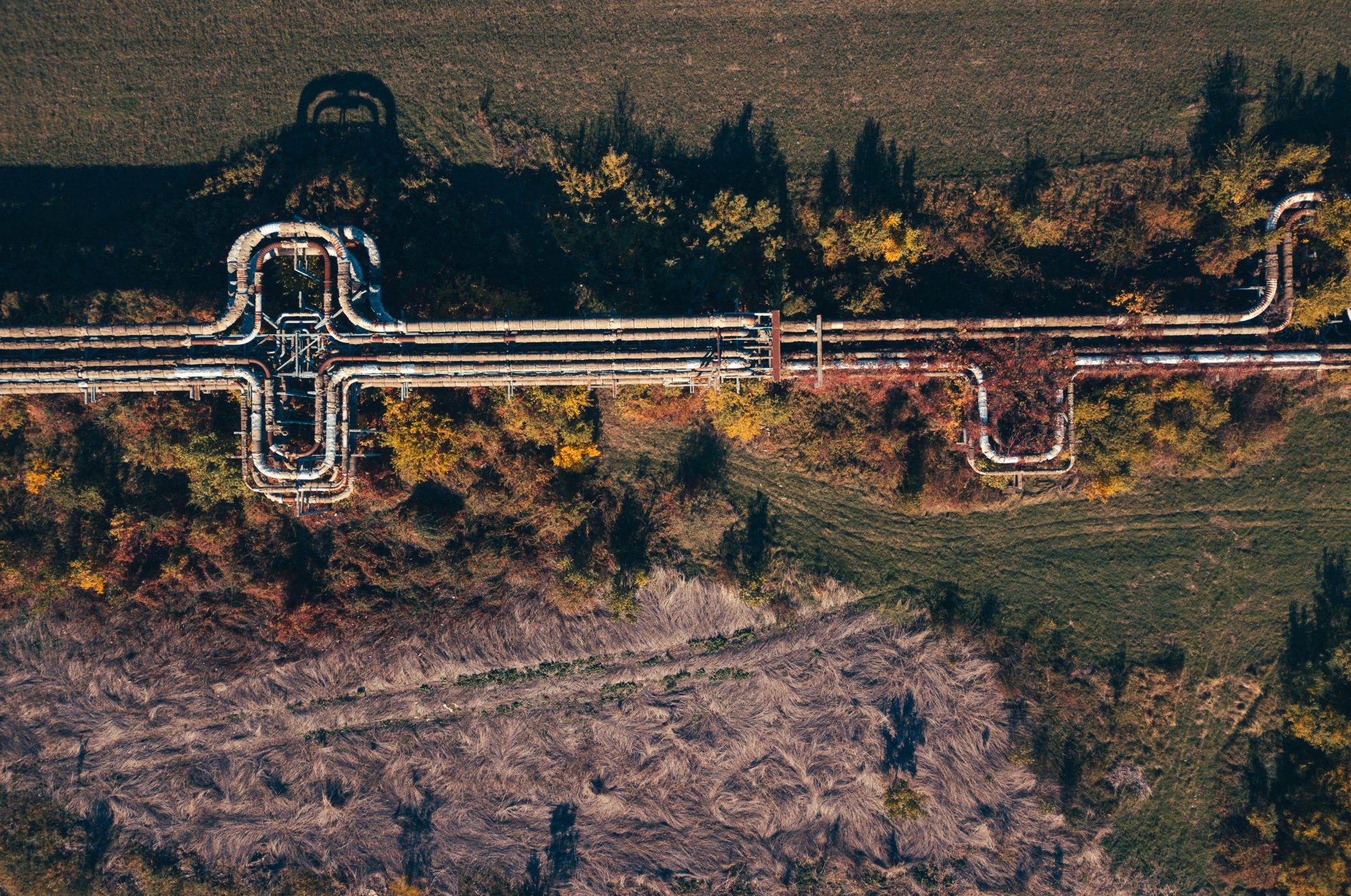Pipeline clogging is a critical issue in the oil and gas industry, with the potential to cause catastrophic failures. A notorious example is the Deepwater Horizon disaster, where a clogged outlet pipe contributed to a prolonged oil leak that devastated the environment. The culprit behind this incident was methane clathrates—crystalline solids formed from gases trapped in water molecules—that can precipitate inside pipelines under specific conditions, leading to dangerous blockages.
The Challenge of Clathrate Formation
Methane clathrates, also known as gas hydrates, are notorious for their ability to form under low temperatures and high pressure, common conditions in deep-sea pipelines. Once they precipitate, they can obstruct the flow, causing pressure to build up and increasing the risk of pipeline rupture. Moreover, these gas hydrates are highly explosive, making their management a priority for safe pipeline operations.
Traditional methods to prevent clathrate formation, such as insulating pipelines, adding glycol or alcohol-based antifreeze additives, and heating the pipeline walls, are costly and not always effective. These methods also carry environmental risks due to the chemicals involved. The need for a more sustainable and effective solution is clear.
A Revolutionary Solution: DragX Coating
Researchers have been exploring innovative coatings to address the problem of clathrate formation, and one of the most promising developments in this field is Oceanit’s DragX. DragX is a revolutionary nanocomposite surface treatment specifically designed to keep pipelines running efficiently by preventing clathrate buildup and mitigating the risks associated with pipeline clogging.
How DragX Works
DragX operates by creating a slick, low-energy surface inside the pipeline. This surface repels water and prevents the adhesion of ice particles or water droplets, which are the precursors to clathrate formation. Unlike traditional methods, DragX does not require additional energy or materials once applied, making it a passive yet highly effective solution.
The unique properties of DragX, including its omniphobic nature (repelling both oil and water), ensure that it can prevent bio-fouling, corrosion, and erosion, which are common issues in pipelines. By maintaining a clean and smooth surface, DragX significantly reduces the risk of clathrate-related blockages, ensuring uninterrupted flow and enhancing pipeline safety.
The Future of Pipeline Safety
As the oil and gas industry continues to grapple with the challenges of pipeline maintenance, innovative solutions like DragX are becoming increasingly important. By addressing the root causes of pipeline clogging, DragX offers a sustainable, cost-effective, and long-term solution that can protect the environment and prevent disasters like the Deepwater Horizon incident.
In conclusion, while traditional methods of preventing clathrate formation have their limitations, DragX represents a breakthrough in pipeline safety technology. Its application not only enhances operational efficiency but also aligns with the industry’s growing focus on sustainability and environmental responsibility. As we look to the future, DragX is poised to play a pivotal role in keeping pipelines clear, safe, and efficient. Reach out to our experts for more information.

